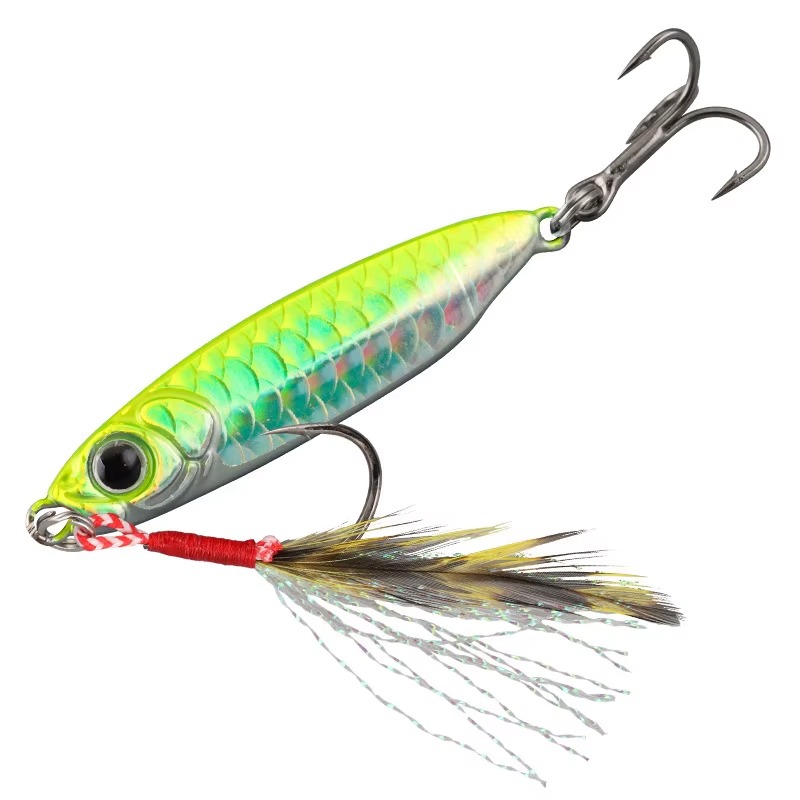Introduction
Choosing the right fishing hook sizes is crucial for successful angling. Many novice and experienced anglers often overlook the significance of hook size. Consequently, this oversight can lead to missed opportunities and frustrations. However, understanding the various sizes and types of hooks can greatly enhance your fishing success.
In this comprehensive guide, we will explore everything you need to know about fishing hook sizes. For example, we will discuss the different types of hooks available, how to choose the right size for your target species, and we will provide a detailed size chart for your reference. By the end of this article, you will understand the significance of fishing hook sizes and be better equipped for your next fishing adventure.
Understanding Fishing Hook Sizes
Fishing hook sizes vary widely, from tiny sizes suitable for panfish to large hooks designed for big game fish. To clarify, the fishing industry uses a standardized numbering system, which can sometimes confuse anglers.
What Do Hook Sizes Mean?
A fishing hook’s size directly determines its effectiveness for different fish. Hooks are generally numbered; smaller numbers indicate larger hooks. For instance, a size 1 hook is larger than a size 6 hook. However, this convention can sometimes be counterintuitive, making it vital to familiarize yourself with the sizing terminology.
- Standardized Sizing: Most manufacturers adhere to a standard sizing chart, but slight variations can occur. Generally, hooks larger than size 1 receive a plus (+) sign (e.g., 1/0, 2/0), which helps you understand their relative sizes more easily.
- Measurements: Standard sizes typically range from 32 (smallest) to 19/0 (largest). Thus, knowing precise measurements can help you determine which hook best suits your specific fishing situation.
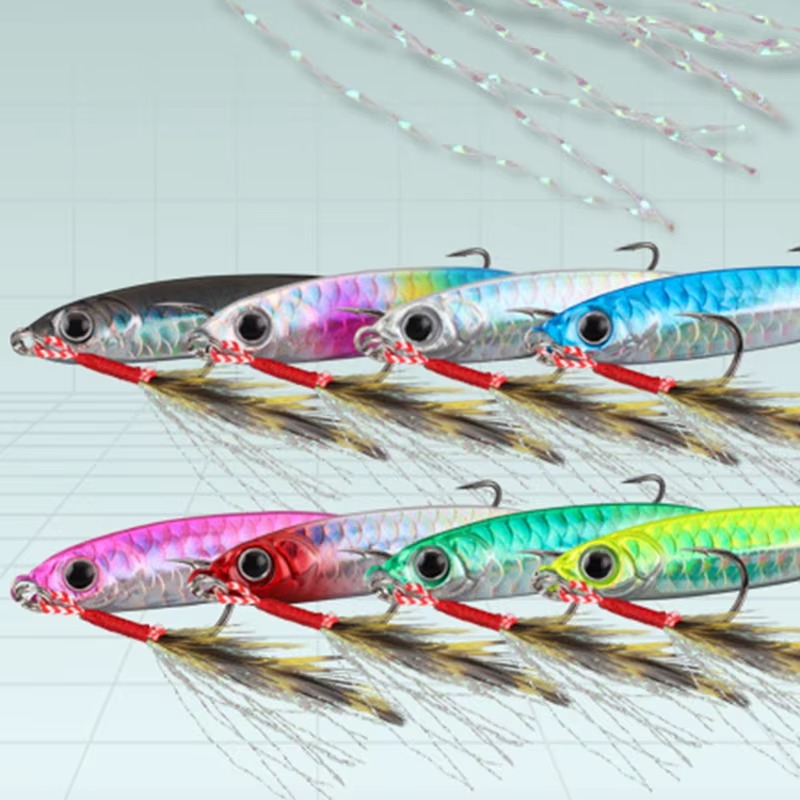
Different Types of Fishing Hooks
You will find several types of fishing hooks, and each serves a unique purpose. Understanding these options can help you choose the right fishing hook sizes for your preferred species.
1. J-Hooks
One of the most popular designs, J-hooks, boast versatility and come in a variety of sizes. Therefore, they cater to different fishing situations and species.
- Use Cases: You can utilize J-hooks for live bait fishing, bottom fishing, and even trolling. As a result, their design makes them effective for a wide range of fish species, from smaller baitfish to larger predators.
- Sizes: J-hooks range from very small sizes (like 32) to large game sizes (up to 12/0). Consequently, they prove to be a good choice for everything from trout to marlin, providing adaptability based on what you’re fishing for.
2. Circle Hooks
Circle hooks have gained popularity among anglers, particularly for catch-and-release practices. Their unique circular design allows fish to hook themselves naturally, reducing the risk of gut hooking.
- Advantages: By using circle hooks, anglers can significantly reduce fish mortality rates, which proves crucial for conservation efforts. Moreover, they work excellently with live or cut bait; hence, making them suitable for various fishing environments.
- Sizes: You can find circle hooks in various sizes, ranging from small (size 8) to large (up to 20/0). As a result, these hooks are appropriate for catching everything from smaller species to larger game fish.
3. Treble Hooks
Treble hooks consist of three hooks in one, and they typically appear on lures. Their effective design helps catch fish that strike aggressively.
- Applications: Treble hooks commonly show up in crankbaits or topwater lures for species like bass and pike. Consequently, the multiple points ensure a higher hook-up rate during fast retrieves.
- Sizes: Treble hooks usually come in size ranges from 14 to 1/0 or larger. Thus, they provide flexibility based on your fishing technique and the species targeted.
4. Aberdeen Hooks
Aberdeen hooks feature long shanks that are ideal for bait fishing and allow for excellent penetration.
- Use Cases: These hooks work particularly well for fishing with live bait and can effectively target species like catfish and bluegill. Their longer points allow for better hooksets, especially when fish run with bait.
- Sizes: Aberdeen hooks can range from size 2 to size 10, providing options based on bait size and the targeted fish species.
5. Octopus Hooks
Octopus hooks possess a unique design that lends itself well to various fishing situations. They boast a wide gap that facilitates good bait presentation, ultimately improving your chances of a successful catch.
- Applications: These hooks are versatile since they can be used for both saltwater and freshwater fishing, targeting species such as snapper and stripers effectively.
- Sizes: Octopus hooks range from size 1 to 12/0. Notably, their design and size options make them an excellent choice for many fishing practices.
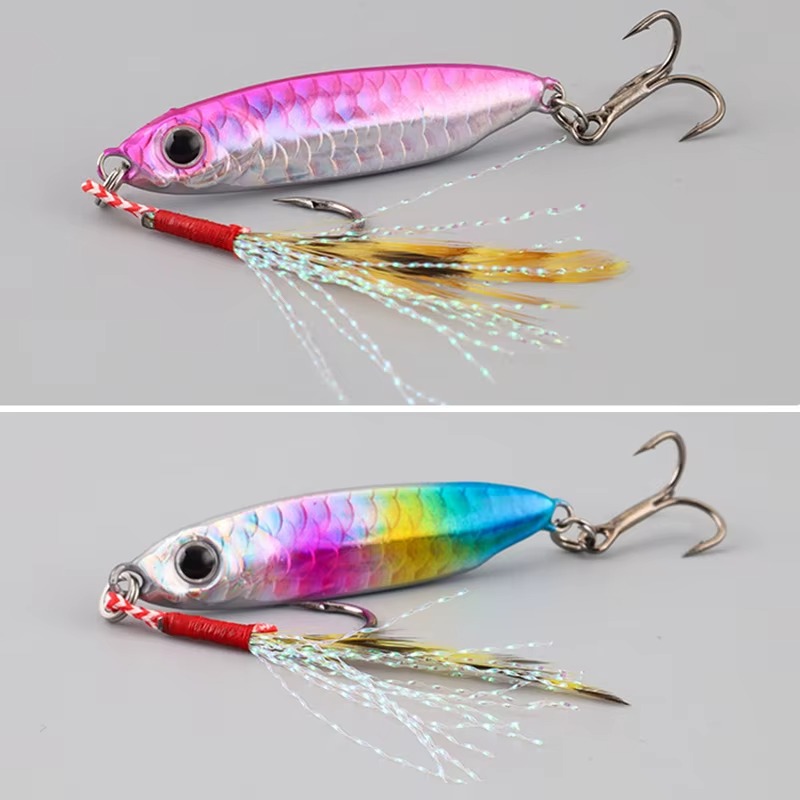
Choosing the Right Hook Size for Target Species
Selecting the appropriate fishing hook sizes depends significantly on the species you are targeting. After all, each fish has specific requirements regarding size and presentation.
1. Small Fish: Panfish and Trout
For smaller fish like panfish or trout, you should choose smaller hooks. In general, sizes 8 to 14 work best for these species.
- Recommended Hooks: J-hooks and small circle hooks are ideal for these fish. By using smaller hooks, you ensure that your bait presents naturally, thus increasing your chances of a successful catch.
- Presentation Matters: When fishing for smaller species, the right presentation is essential. Smaller hooks are less intimidating to fish, significantly improving overall success in getting bites.
2. Medium-Sized Fish: Bass and Walleye
When targeting medium-sized fish such as bass and walleye, fishing hook sizes of 2 to 1/0 typically prove effective.
- Best Hook Types: J-hooks and circle hooks serve as great choices for bass fishing, especially when using live bait or artificial lures. Moreover, treble hooks work well for various lures, thereby increasing the probability of catching bass and walleye.
- Bait Size: Importantly, remember that the size of your bait should match your hook size. Larger baits frequently require larger hooks to ensure a solid hookset during the strike.
3. Large Fish: Catfish and Saltwater Species
When targeting larger fish like catfish or saltwater species, you will generally want to use bigger hooks, typically in the range of 2/0 to 10/0 or even larger.
- Recommended Hooks: Strong hooks such as circle hooks or heavy-gauge J-hooks are best for larger fish. By using larger hooks, you greatly increase your chances of successfully hooking bigger specimens.
- Bottom Fishing: Many anglers choose weighted hooks for bottom fishing when pursuing larger species. This ensures your bait remains near the bottom, where these fish typically feed.
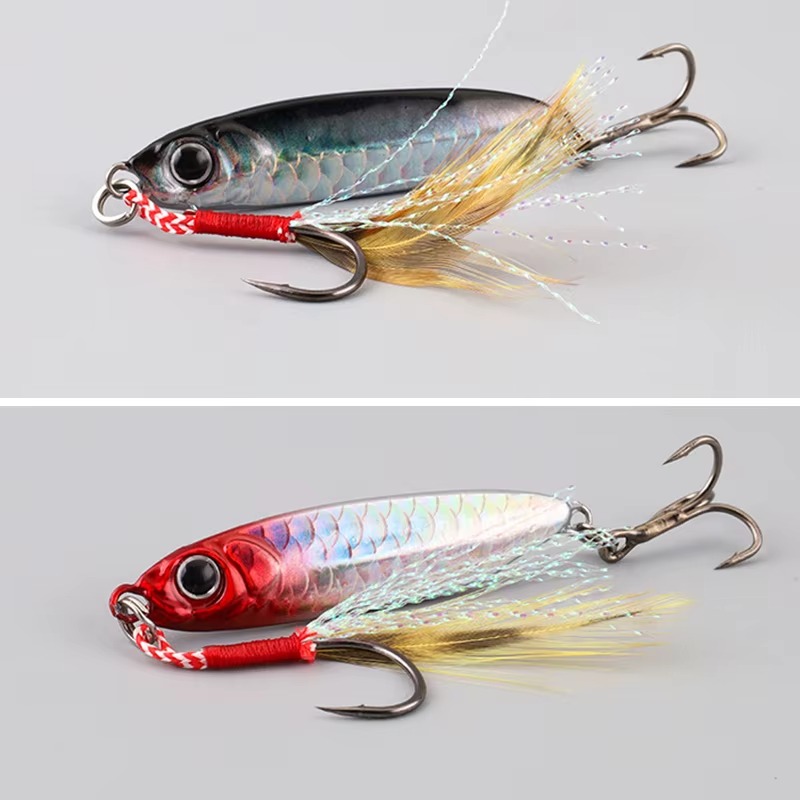
Fishing Hook Size Chart
To help you better understand fishing hook sizes, below is a basic fishing hook size chart. As a quick reference, this chart provides sizing and the associated fish species.
| Hook Size | Recommended Fish Species |
|---|---|
| 32 | Small baitfish, panfish |
| 14 | Trout, smaller bass |
| 8 | Perch, crappie, walleye |
| 4 | Bass |
| 2/0 | Catfish, pike |
| 4/0 | Large bass, salmon |
| 6/0 | Striped bass, cobia |
| 8/0 | Tuna, big game fish |
| 10/0 | Shark, marlin |
This chart provides you with a guide to choosing the right fishing hook sizes based on your target species. Moreover, keep in mind that different fishing conditions, bait types, and personal preferences may influence your decision.
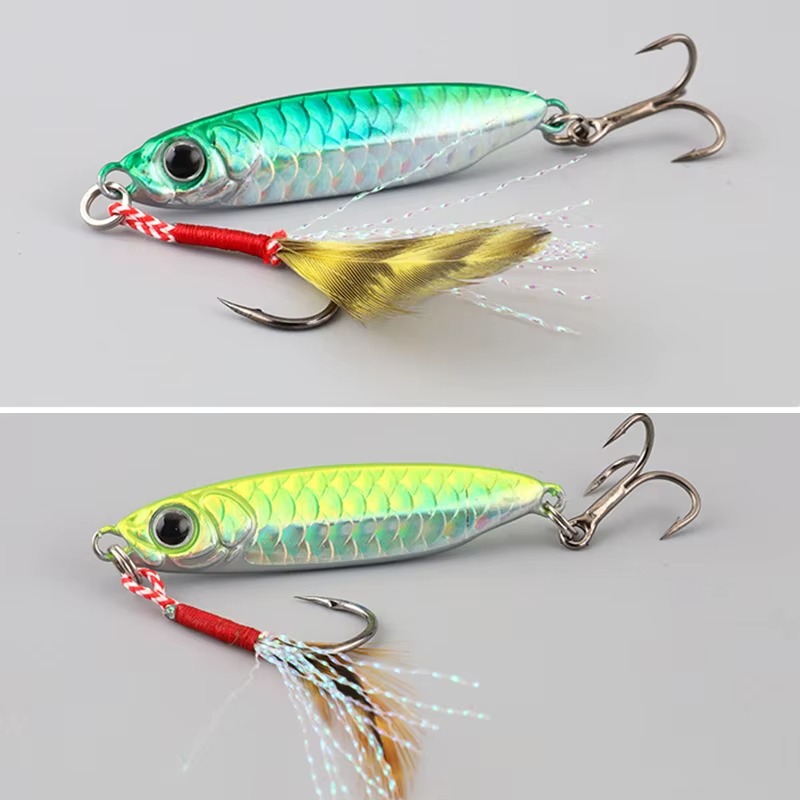
Tips for Storing and Organizing Hooks
Keeping your fishing hooks organized is essential for a successful fishing trip. Here are some helpful tips on how to store and organize your fishing hooks effectively.
1. Use a Tackle Box or Organizer
Investing in a quality tackle box will keep your fishing supplies organized and easily accessible.
- Compartmentalization: Choose a tackle box with multiple compartments that allows you to separate different hook sizes and types. By doing so, you can quickly find the right hook without rummaging through all your gear.
- Labeling: Consider labeling each compartment for quick identification. This practice saves time when searching for the right hook size and ensures you’re always prepared for your fishing adventure.
2. Regular Inventory Check
It’s wise to periodically check your inventory to ensure you have the right sizes available for every fishing outing.
- Restock Supplies: After each fishing trip, take a moment to restock any hooks that may have been used. This proactive step guarantees you’ll have a full selection of hooks when it’s time to fish again.
- Inspect for Damage: Additionally, regularly inspect your hooks for rust or damage. Replace any hooks that no longer serve their purpose because your success will depend on having a reliable arsenal.
3. Keep Hooks Dry and Rust-Free
Maintaining the condition of your fishing hooks is critical for their longevity.
- Drying Process: After fishing, make sure to dry your hooks thoroughly before storing them. Excess moisture can lead to rust, which adversely affects their performance and effectiveness.
- Use Rust Prevention Solutions: Consider employing oil or specialized rust prevention solutions if you often fish in salty or humid conditions. This preventive measure can significantly extend the lifespan of your hooks.
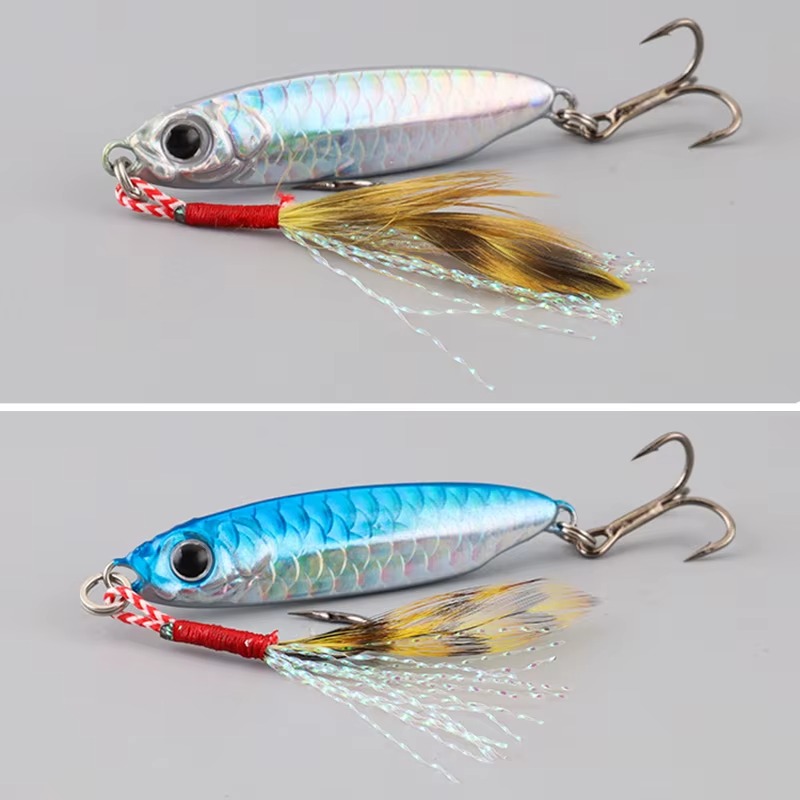
Conclusion
In conclusion, understanding fishing hook sizes is essential for any angler seeking success on the water. From knowing how to choose the right size for different species to ensuring proper care and organization of your hooks, this knowledge will enhance your overall fishing experience.
Whether you cast lines for panfish, bass, or big-game species, using the right hook size will significantly impact your chances of landing that prized catch. By utilizing the guidance provided in this article, you can make informed decisions about hook sizes tailored to your specific needs and fishing preferences.
Therefore, as you prepare for your next fishing adventure, remember the importance of selecting the appropriate fishing hook sizes. This simple choice can lead to more successful outings, greater enjoyment, and unforgettable moments on the water. Equip yourself with the right gear and head out with confidence!
